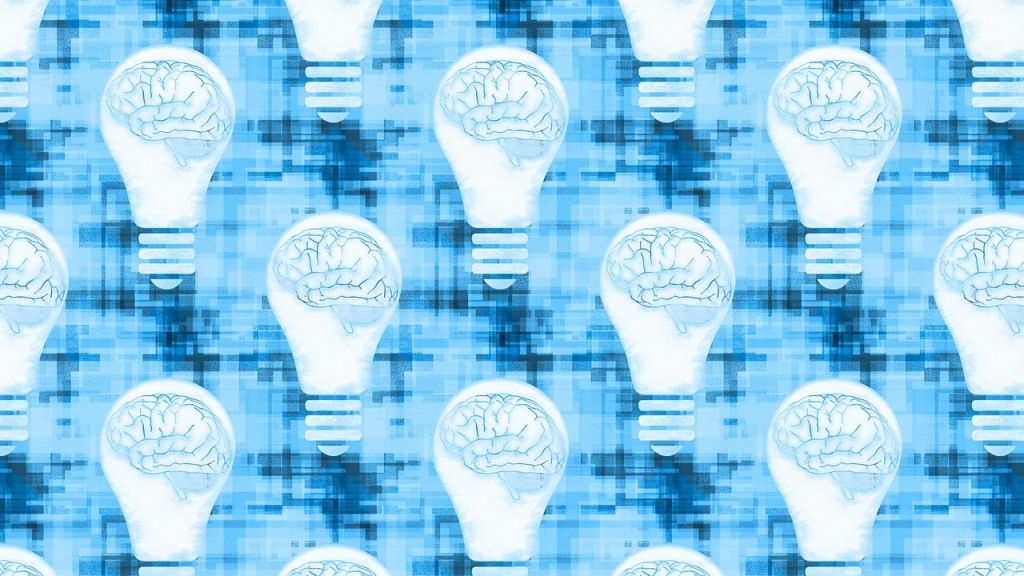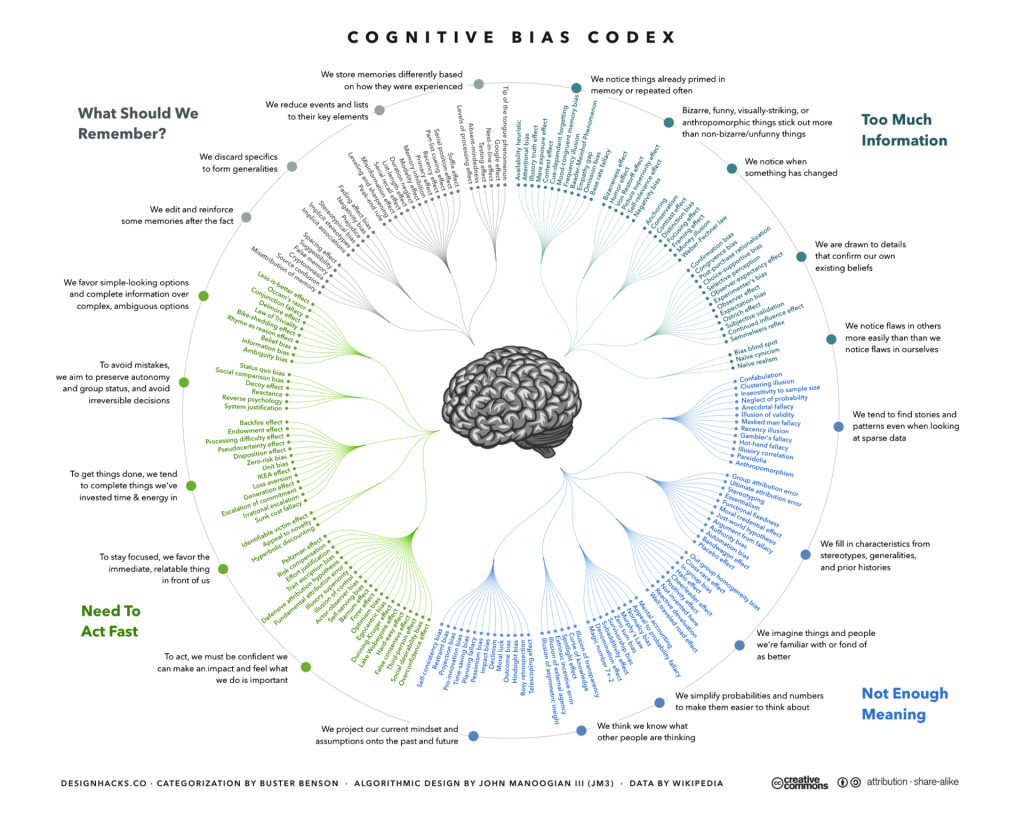What is unconscious bias?
There are more than 180 types of unconscious bias - also known as unconscious prejudice or unconscious bias. The term refers to situations where decisions are made based on past experiences and stereotypes that we are unaware we have.

That's why they exist and are created completely outside your control - it's the brain's autopilot that helps you categorise and navigate the world. Although biases make it easier for us to be in the world, they come with some unintended consequences. We subconsciously expect certain things from, or have prejudices about, certain people or groups because of characteristics (gender, age, ethnicity, etc.), which can be a barrier to equality, equal opportunities and equity.
We are all driven by bias - for example, when we recruit and promote employees. There are several examples of how our biases affect the assessment of women's and men's skills and performance in work contexts. The most well-known and well-documented is that men's work is systematically rated higher than women's.

3 tips to minimize unconscious bias
We can't necessarily get rid of bias, but by becoming aware that they exist, we can minimize their impact on our behavior and decisions. There are many ways to deal with unconscious biases. Here are three good bids:
1. Become aware of your biases
You can actually learn to become aware of the stereotypes you create through your biases. One way to do this is by learning to ask yourself some reflective questions in different contexts. For example, you can ask yourself: "If she was a man, would I have listened to the idea more?" or "If she was a man, would I have interrupted her less?". This way you can train your brain to reflect on your stereotypes as they arise.
2. Create consistent processes
Structure creates behavior in organizations. Therefore, it pays to create consistent structures in the way your processes are realized. Ultimately, consistent structures result in behavior patterns with fewer biases. Consider, for example, anonymizing names and images at the first stage of your recruitment process. Anonymization is a way to create a consistent structure that can slow down bias when and before they occur.
3. Read, learn and listen
Unconscious prejudice thrives on the lack of information. We often avoid what we don't understand, and the best way to solve this is to be informed by actively learning about what might seem alien to one. Therefore, focus on knowing and celebrating diversity in the workplace. In this way, we provide evidence of our own stereotypes, which in the long term can reduce the impact of unconscious bias.
If you want advice on how your company can actually address unconscious bias, please contact us today.


